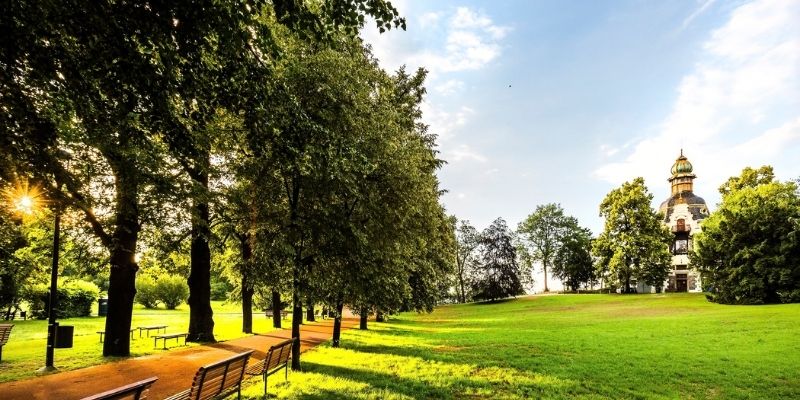Husqvarna Urban Green Space Index (HUGSI) has named Lithuanian capital Vilnius the greenest city in Europe. Prague ranks 9th.
By applying computer vision and deep learning techniques on satellite images, HUGSI unveiled that 56% of Prague territory is greenery and by this measure, the city ranks 13th in the world.
HUGSI-index was announced for the second year running. In total, satellite images of 155 cities across 60 different countries were analyzed in order to evaluate their greenness and provide valuable insights about the size, proportion, distribution, and health of green space in urban areas.
The research revealed that 28% of all Prague territory consists of trees, and 27% of grass areas.
HUGSI is a digital innovation initiative developed by Husqvarna in collaboration with 20tree.ai. The ambition is to help safeguard and improve the maintenance of green spaces in urban areas.
Husquarna created HUGSI to raise awareness about the value of urban green space among citizens, support city officials and politicians to make data-informed decisions, and facilitate the collaboration across industries and organizations to together make a “smart and sustainable city” a reality.
“Since last year we have received a lot of interest and enquires about HUGSI and this year we have taken further steps to make it even more relevant for city officials, green space professionals, and for all people living in urban areas.“ – says Erik Swan, product owner for HUGSI.green
How green are cities, really?
When analyzing the land use of urban areas and segment it into Vegetation (tree + grass), Water, and Other (hard made surface, houses, roads), HUGSI shows that:
- Urban areas globally are 39% green on average
- Europe is greener than average with 45 %
- Latin America and South and West Asia least green with 29%
KPI’s per city, for all cities, are available here
HUGSI 2020 Top 10 cities
1. Charlotte (NC)
2. Durban
3. Vilnius
4. Dortmund
5. Krakow
6. Stuttgart
7. Austin
8. Wuerzburg
9. Zürich
10. Heidelberg
Support Prague Morning!
We are proud to provide our readers from around the world with independent, and unbiased news for free.
Our dedicated team supports the local community, foreign residents and visitors of all nationalities through our website, social media and newsletter.
We appreciate that not everyone can afford to pay for our services but if you are able to, we ask you to support Prague Morning by making a contribution – no matter how small 🙂 .




